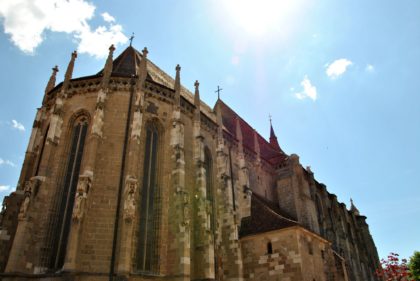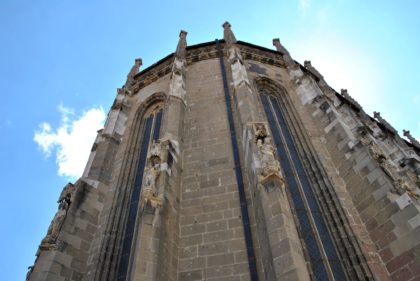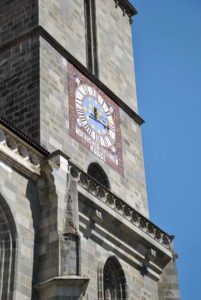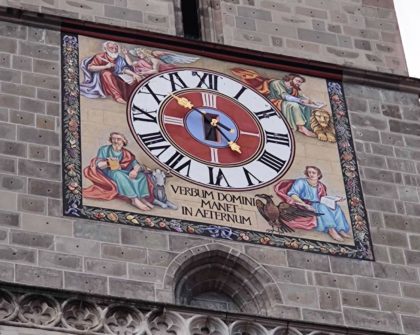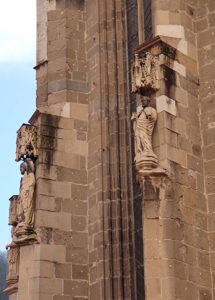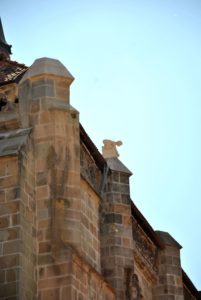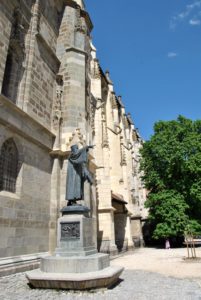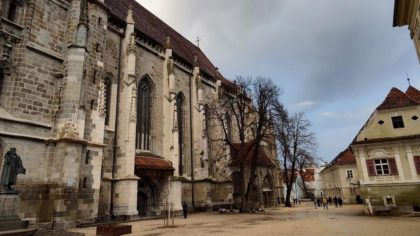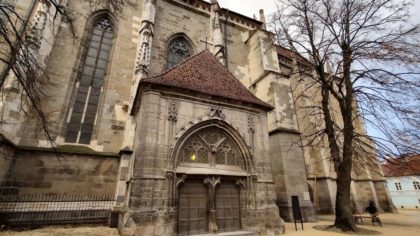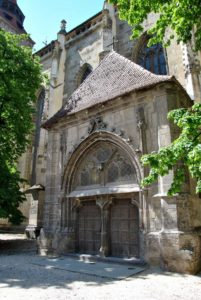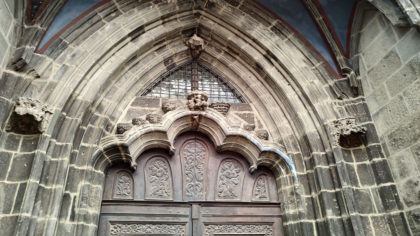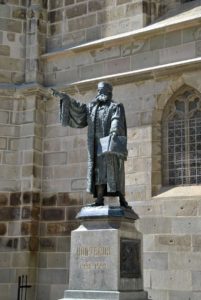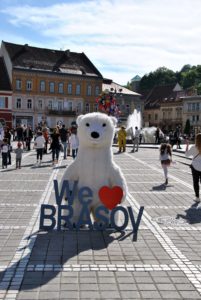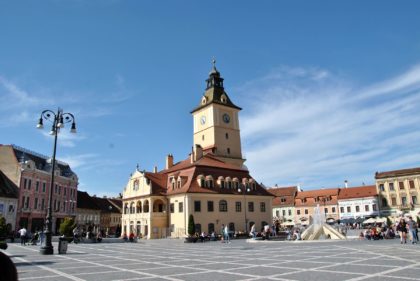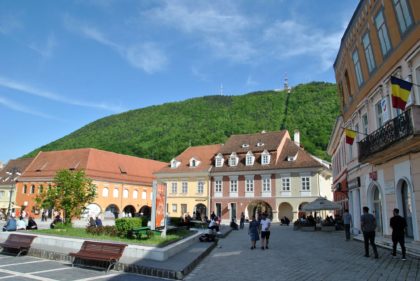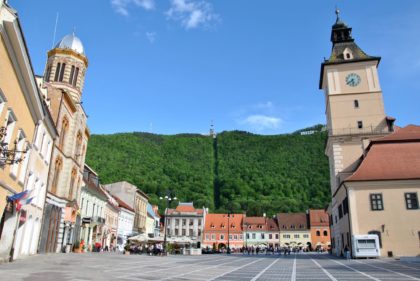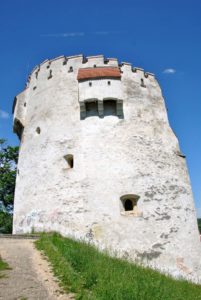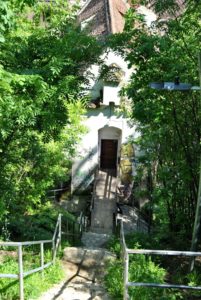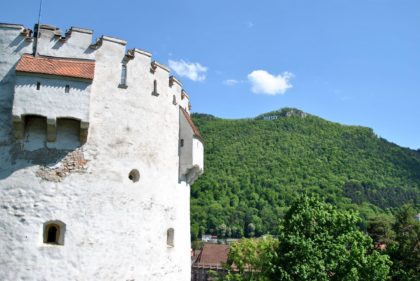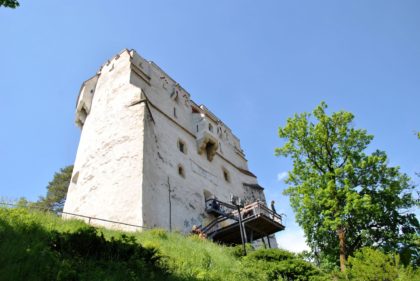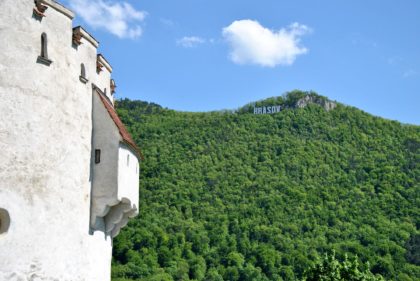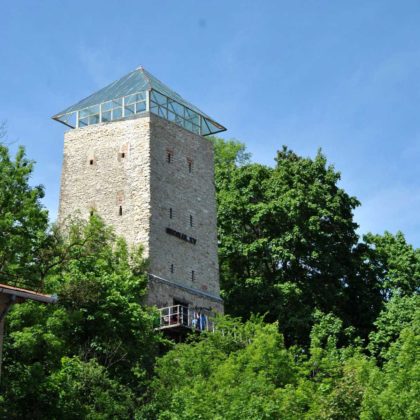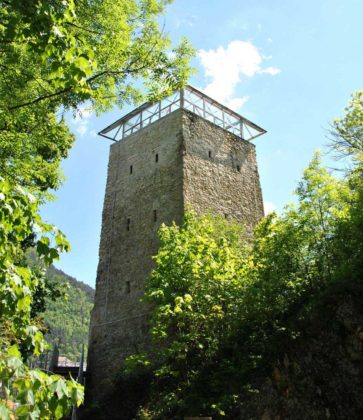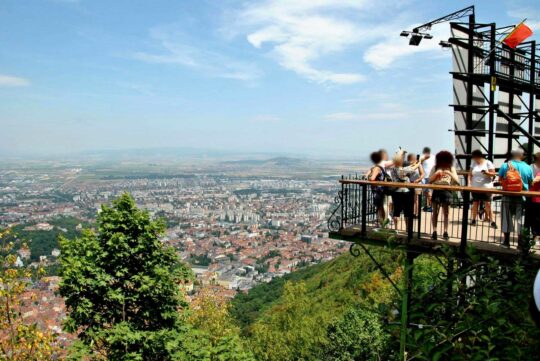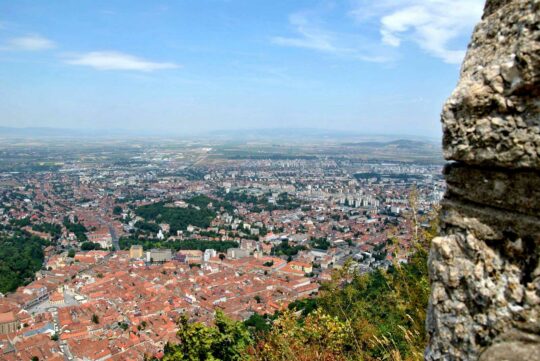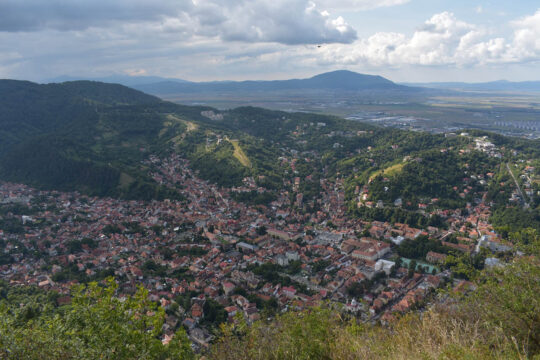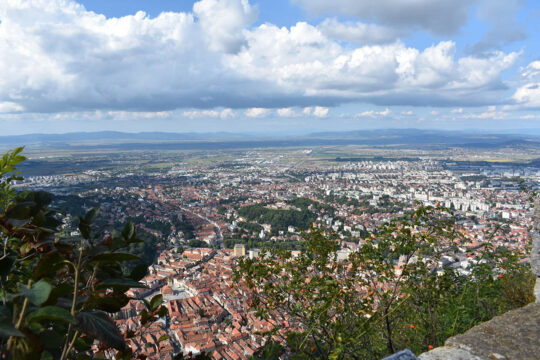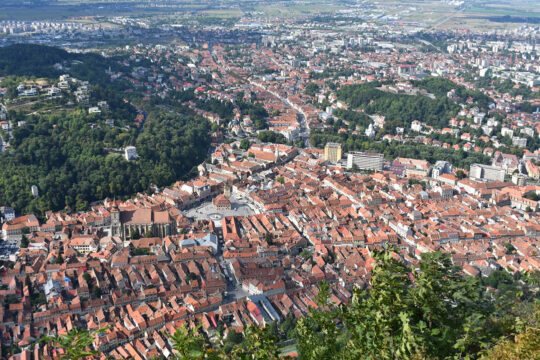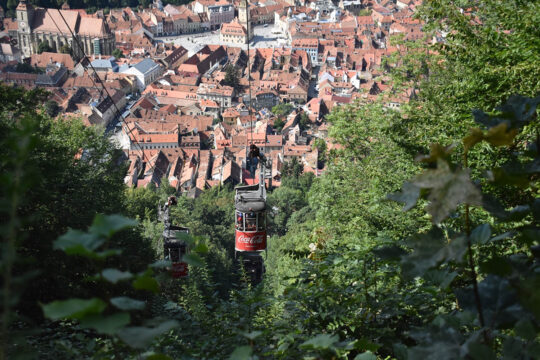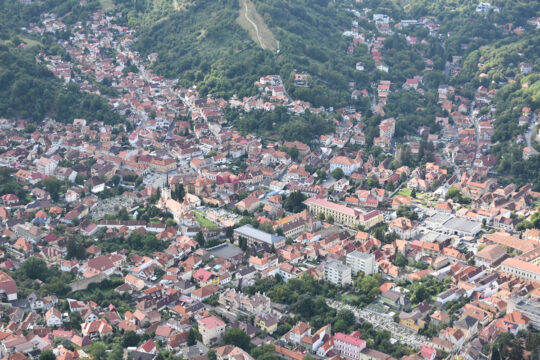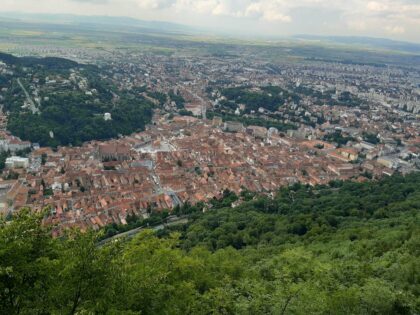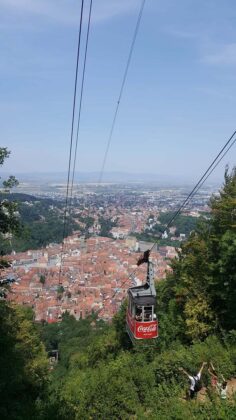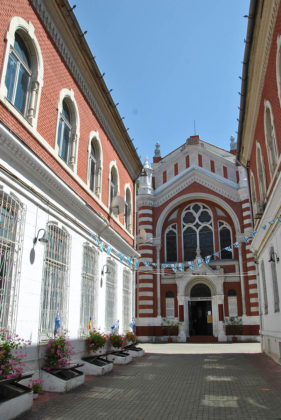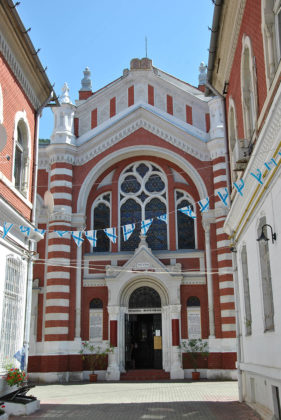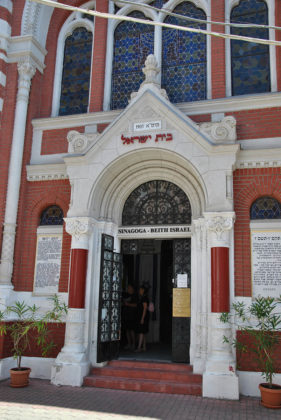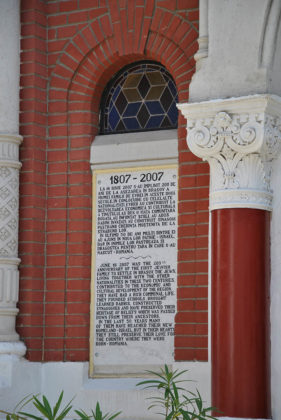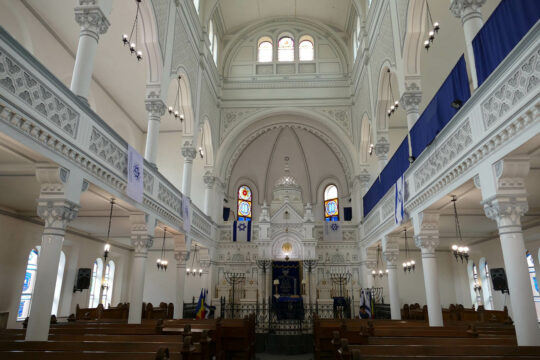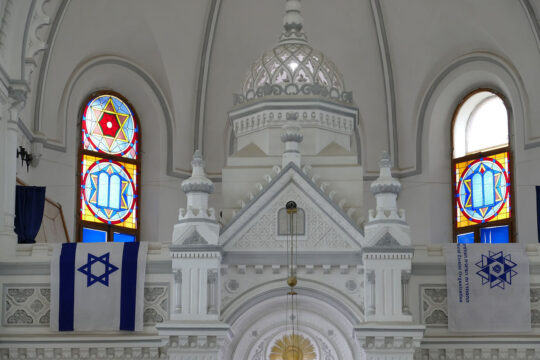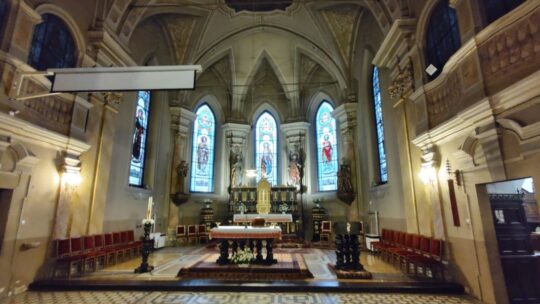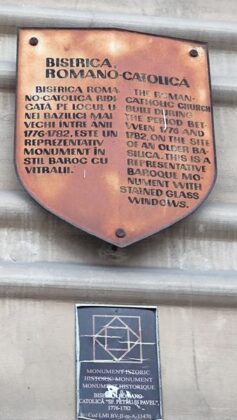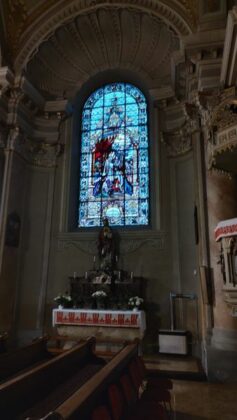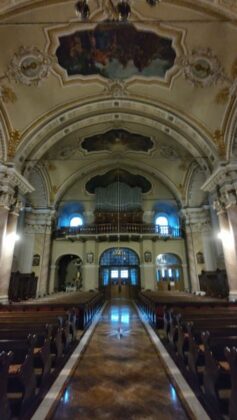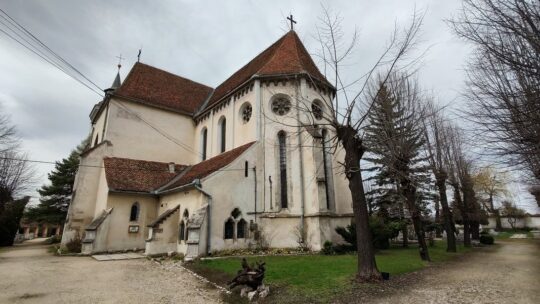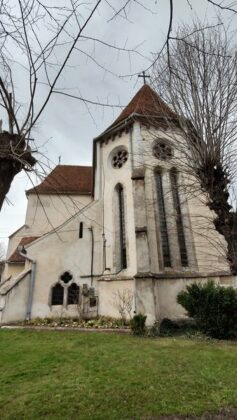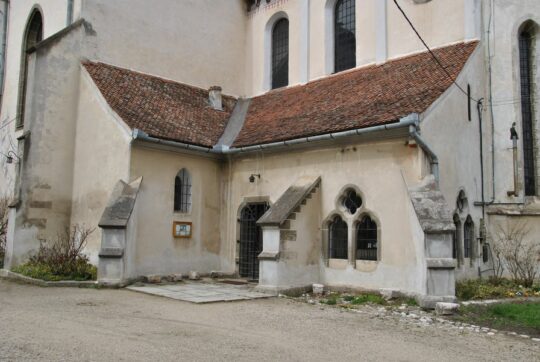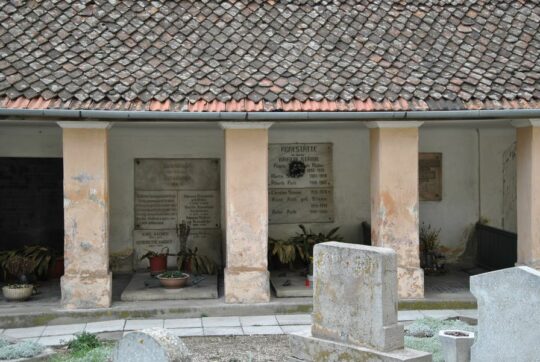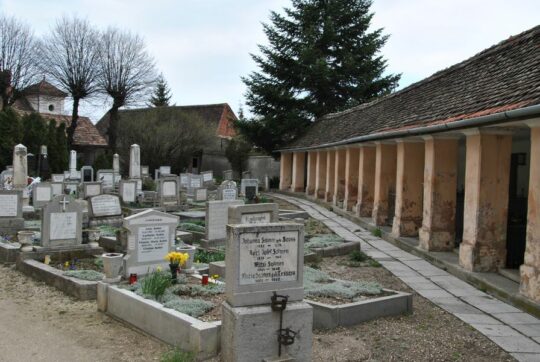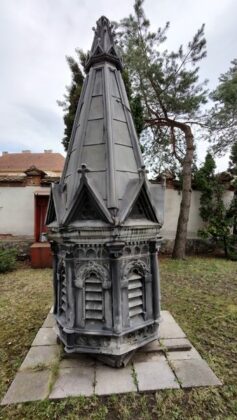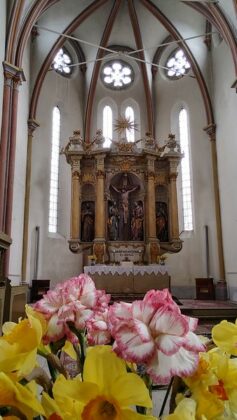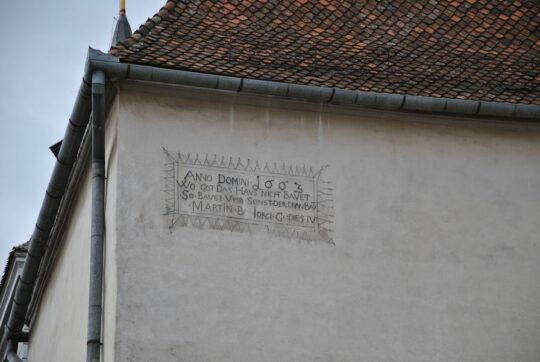
Brașov | Worth seeing in Brasov
Worth seeing in Brasov
Brasov, the Latin name Corona and in German Kronstadt meaning “Crown City” is located in the center of the country and is one of the most visited cities in Romania.
The city was founded by the Teutonic Knights in 1211 on an ancient Dacian site and in the 13th century it was colonized by the Saxons. Later it became one of the seven fortified fortresses of Transylvania (German: Siebenburgen).
The name Crown City comes from the fact that Brasov, due to its location, was situated at the crossroads of trade routes linking Western Europe and the Ottoman Empire, which allowed the Saxon merchants to gain wealth and exercise great political influence in that region.
A mixture of architectural styles give authenticity and brilliance to the city, making it unique with its Gothic, Baroque and Renaissance buildings that annually attract thousands of tourists from all over the world.
At 400 meters above the city rises the Tampa peak which has as symbols similar to those of Hollywood the name of Brasov that at night are illuminated. From here you can admire the panorama of the city, because above this symbol is a large terrace.
In Brasov we also find the spectacular Sforii Street which is the narrowest street in Europe. It is about one and a half meters wide.
Brasov is one of the Siebenbürgen (seven walled fortresses) built by the Transylvanian Saxons, the others being Bistrita (Bistritz), Cluj (Klausenburg), Medias (Mediasch), Sebeș (Mühlbach), Sibiu (Hermannstadt) and Sighișoara (Schässburg).
Landmarks of Brasov
The Black Church is the largest Gothic church in Romania. It has been known by this name since 1689 when a great fire destroyed a large part of the town and blackened the walls of the church.
The Black Church is right in the old centre of Brasov, in the Council Square, so you can’t miss it. In fact, I highly recommend you to visit this wonderful tourist attraction, unique in Romania and full of history. This is the parish church of the Evangelical Lutheran community in Brasov. The Black Church is one of the most representative monuments of Gothic architecture in the country, dating from the 14th – 15th centuries and is over 89 meters long, being considered the largest church in Romania. The name Black Church comes from the fire of 1689 that damaged the entire building, blackening the walls of the church and thus receiving its current name.
Council Square – It is situated in the heart of the old medieval town and is bordered by beautiful houses of former merchants. It is known to the Saxons as Marktplatz, a superb place for a stroll or just to simply people watch and take in the beauty of the area.
Council House – Built in 1420, the Council House served for centuries as a meeting place for members of the city council.
In the early 17th century, the building’s watchtower became the place from which a trumpeter announced the rush hour and was therefore nicknamed the “Trumpet Tower”.
Today, the Old Town Hall houses the Museum of History of Brasov.
If you want to see the whole old town from high above and have a dreamy view in front of your eyes, you should definitely come here. Everything here seems magical and surreal and makes you wish time would stand still. The White Tower was built between 1460 and 1494 and still impresses today with the massiveness and suppleness of its architectural lines. Its architecture consists of an open semicircular plan, with a 30 m difference in level from the city walls, a height of 20 m towards the city and 18 m towards the hill. Along its walls, the tower has parapets to reinforce the pillars, tar pits and balconies supported by stone-hewn brackets. Inside the tower, the chimney stack above a stained-glass window, which also served to heat the guards and defenders, has been preserved. Due to a great fire in 1689, the White Tower was almost completely burnt down and was only renovated in 1723. It has been restored several times in 1902, 1947, 2002 2005 and 2006 and is now a museum.
The Black Tower is one of the four observation towers of Brasov Fortress and was built as an independent fortification outside the walls of the fortress, it is 11 meters high. The construction of the tower was started at the end of the 16th century, beginning of the 17th century. The tower could be entered through a gate that was 2 metres above the base and the connection between the city fortifications and the tower was made by a drawbridge. The roof of the tower was originally built in the shape of a pyramid, but in 1559, due to a lightning strike it was completely destroyed, and later its walls were blackened due to a fire in 1689, thus taking the name of Black Tower. It was last used as a shelter and base for the guards of the cordon sanitaire around the city during the plague epidemic of 1756. The Black Tower has suffered countless deteriorations over the years and was only renovated at the end of the last decade. It has been open to the public since 2001 with an exhibition on 17th century weaponry. Like the White Tower, it is one of the most important and charming sights in the area that should not be missed.
Mount Tâmpa is a protected area, a mountain of only 950 meters that offers visitors the most spectacular views of Brasov. As well as a wealth of flora and fauna, climbers can also visit medieval buildings, such as the castle that gave Transylvania its German name: Siebenbürgen.
Other buildings include the Crucifix on the Trampa, St Leonard’s Chapel, the Statue of Arpad, the communication and shelter tunnels, the Hut-Restaurant, the Shepherd’s House, the Shooting House, the TV Relay and Restaurant “Panoramic” (1970s) and the city aqueduct.
The mountain nature reserve is protected by law and is home to exceptional flora and fauna: brown bear, ivy-buckthorn, alpine crocus, wild rockrose, meadowsweet, lady’s slipper, spruce, pine, oak, ash, yew, mountain elm, hazel and many others.
Access is possible either via the 25 serpentine paths, the Gabony steps or by car. There is also the option of the cable car for those who would rather relax.
The Beth Israel Synagogue in Brasov is a Jewish place of worship and one of the most beautiful in Europe with a small but active community that maintains with dedication the Jewish tradition. It was built between 1899 and 1901 in neo-Gothic style with Moorish accents and since 2015 is on the List of Historical Monuments of Brasov.
In addition to the synagogue, the Jewish community of Brasov has a ritual restaurant, a doctor’s office and a home help service.
According to the data, the first Jews settled in Brasov in 1807 and the community was officially founded in 1826. Over the years their numbers grew considerably, and by 1940 there were already 6,000 Jews.
In 1877 they were divided into Orthodox (traditionalist) and Neolog Jews. The Jews of both rites built their own places of worship.
There are currently two synagogues in Brasov: The Beth Israel Synagogue of the Neolog rite (located at 29 Poartă Șchei Street) and another of the Orthodox rite (built in 1924 and located at 64 Castelului Street).
The Roman Catholic Church “Saints Peter and Paul” in Brasov was built in the second half of the 18th century according to the plans of the architect Karl Joseph Lamasch.
The church building is the only Baroque building in the city. The altar is made of wood and gilded, the stained glass windows were made in Budapest and the organ comes from Timisoara. The church houses statues of St. Peter, St. Paul, St. Anne and St. Anthony of Padua.
The priest Ignatius Wagensei asked Empress Maria Theresa to support the construction of this place of worship, and in the summer of 1776 construction work began. In 1787, the church was consecrated by the Bishop of Transylvania, Ignatius Batthyany.
St. Bartholomew’s Evangelical Church is the oldest church and also the oldest building in Brasov, located in the western part of the city, at the foot of Sprenghi hill. It was built in the 13th century in early Gothic style and underwent substantial changes in the 15th century. Legend has it that three orphans left everything they had to the church and were buried under the altar, which is why it is still known as the Church of the Three Orphans.



